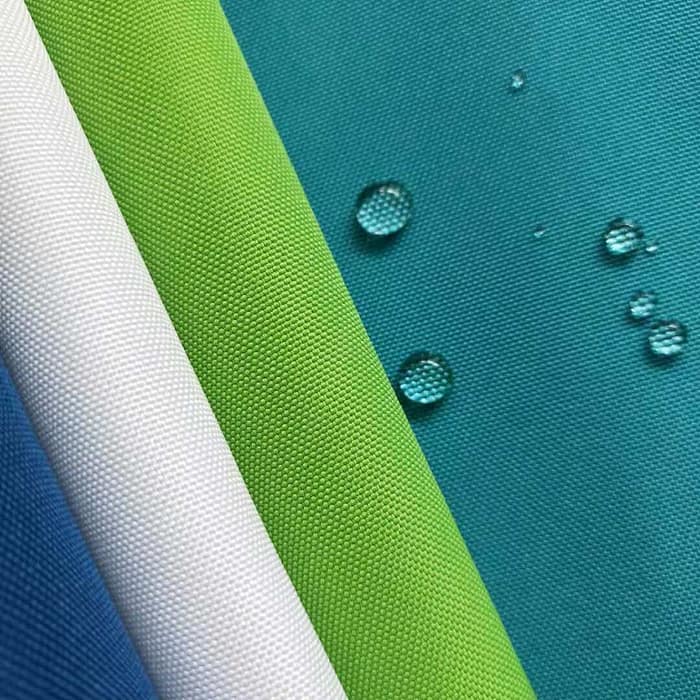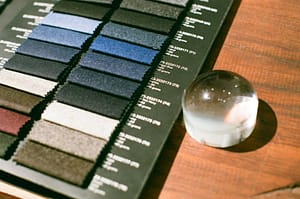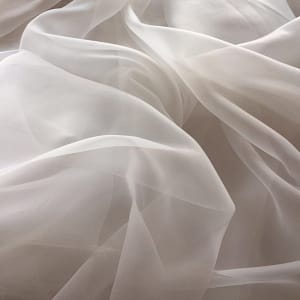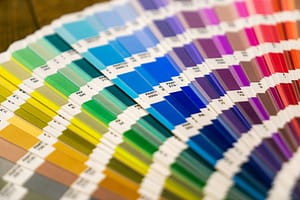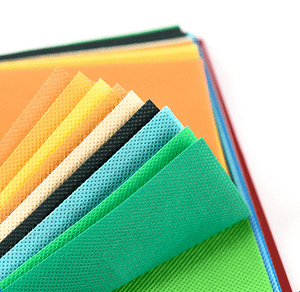Origins of Oxford Fabrics
Oxford fabrics traces back to 19th-century Scotland, where weavers developed it as part of an experiment to create new shirting fabrics. Named after Oxford University, it became popular with students due to its durability and comfortable feel. The fabric’s unique basketweave structure provided a resilient yet breathable material, well-suited to the demands of academic and everyday life.
Over time, Oxford cloth spread beyond British campuses, reaching American Ivy League fashion and eventually mainstream wardrobes worldwide. Today, it remains synonymous with classic style, blending practicality with timeless appeal.
What is Oxford Fabrics
Oxford fabrics is a popular woven material, traditionally made from cotton or cotton-blend fibers, known for its strength and texture. Its defining feature is the unique basketweave structure, where two yarns are woven together in both the warp and weft directions. This weave creates a slightly rough yet soft texture that distinguishes Oxford fabric from other weaves like poplin or broadcloth.
Typically medium to heavyweight, Oxford fabric strikes an ideal balance between durability and breathability. It’s thick enough to withstand frequent wear, yet light enough to be comfortable in various climates, making it suitable for year-round use. The material also offers a semi-casual appearance that bridges the gap between formal and casual wear, commonly seen in the classic button-down Oxford shirt.
Unlike many smoother fabrics, Oxford fabric has a subtle texture and a matte finish, which contributes to its relaxed, easygoing appeal. Although traditionally used in shirting, it has since found applications in dresses, bags, and even interior decor, demonstrating its versatility.
Characteristics of Oxford Fabrics
Oxford fabric is prized for its durability, breathability, and versatile appearance.
- Durability: The basketweave structure enhances the fabric’s strength, making it resistant to wear and tear, ideal for everyday use.
- Breathability: Made from cotton, it allows air circulation, keeping the wearer comfortable in both warm and cool weather.
- Texture: The fabric’s soft, slightly textured surface offers a casual, relaxed look while remaining polished enough for semi-formal settings.
- Low Maintenance: Oxford fabric resists wrinkles and doesn’t require frequent ironing, making it easy to care for.
- Versatility: Suitable for a wide range of garments, including shirts, dresses, and accessories, it can easily transition from casual to semi-formal attire.
Types of Oxford Fabrics
Oxford fabrics comes in several variations, each offering distinct characteristics suited for different uses:

Pinpoint Oxford: This version features a finer weave and a softer feel compared to classic Oxford. It’s lighter and often used in more formal settings, such as dress shirts, due to its smooth texture and refined appearance.

Royal Oxford: Known for its luxurious look and feel, Royal Oxford has a higher thread count and a subtle sheen. This version is often used for high-end dress shirts, offering an elegant, sophisticated appearance.

Classic Oxford: The most common type, Classic Oxford is thicker and more rugged. It’s typically used for casual shirts, offering durability and comfort for everyday wear. Its textured, slightly coarse surface makes it perfect for a laid-back yet polished look.
Each type of Oxford fabric brings its own unique qualities to the table, allowing it to suit a wide range of preferences and occasions.
Production Process of Oxford Fabrics
The production of Oxford fabric involves several key steps, each contributing to its durability, texture, and quality:
| Step | Description |
|---|---|
| Yarn Preparation | Selection of cotton or cotton-blend yarns, dyed for desired texture and color. |
| Weaving | The basketweave pattern is created by interlacing thicker or finer yarns. |
| Finishing | The fabric is washed, pressed, and treated for softness, shrinkage control, and wrinkle resistance. |
| Quality Control | Fabric is inspected for defects, texture, and overall quality before use. |
Uses of Oxford Fabrics
- Apparel: Oxford fabric is most commonly used for shirts, offering a balance of style and comfort. It’s also used in trousers, jackets, and workwear due to its durability.
- Accessories: Oxford is used for bags, ties, and pocket squares, providing strength and texture. It’s also found in footwear, particularly casual shoes.
- Home Textiles: Its robustness makes Oxford ideal for upholstery, bedding, and home décor items like cushions and curtains, combining durability with style.
Oxford fabric’s versatility across clothing, accessories, and home items makes it a popular choice for everyday use.
Care of Oxford Fabrics
Oxford fabrics is relatively easy to care for, making it a practical choice for everyday use. To maintain its appearance and durability:
- Washing: Most Oxford fabrics can be machine washed in cold or warm water. It’s best to wash them on a gentle cycle to preserve the fabric’s structure and texture.
- Drying: Avoid high-heat drying, as it may shrink the fabric. Line drying or tumble drying on low heat is recommended to prevent damage.
- Ironing: Oxford fabric generally resists wrinkles, but light ironing on a low to medium heat setting can help maintain a crisp look, especially for shirts.
- Storing: Store Oxford garments in a cool, dry place. For shirts, hanging them properly can help prevent excessive wrinkling.
Proper care ensures that Oxford fabric remains in good condition and lasts for many years, maintaining its texture and durability.
Future Trends in Oxford Fabrics
Oxford fabric continues to evolve, with several key trends shaping its future:
- Sustainable Materials: With growing environmental awareness, there is a shift towards using sustainable cotton or recycled fibers in the production of Oxford fabric. This trend caters to eco-conscious consumers seeking durable yet environmentally friendly options.
- Innovative Finishes: New finishing techniques are being developed to make Oxford fabric even more resistant to wrinkles, stains, and water. These finishes enhance its durability while maintaining the fabric’s classic appearance.
- Versatile Blends: There is an increasing use of blended fabrics, such as cotton-polyester mixes, to enhance Oxford fabric’s performance. These blends improve wrinkle resistance, softness, and moisture-wicking properties, making it suitable for active wear and other specialized uses.
As these trends continue, Oxford fabric will likely remain a staple in both fashion and functional applications, adapting to meet modern demands for sustainability and performance.
Conclusion
Oxford fabrics remains a timeless and versatile material, known for its durability, comfort, and classic appearance. From its rich history to modern-day uses in fashion and home textiles, Oxford fabric continues to be a staple in everyday life. Whether it’s used for shirts, bags, or upholstery, its strength and ability to withstand wear make it an enduring choice for a wide variety of applications. As trends evolve, sustainable practices and innovative finishes are likely to shape the future of Oxford fabric, ensuring its continued relevance in a modern, eco-conscious world.
Oxford’s blend of tradition and innovation guarantees that it will stay in style for years to come, offering a reliable and stylish option for those seeking comfort and quality.

